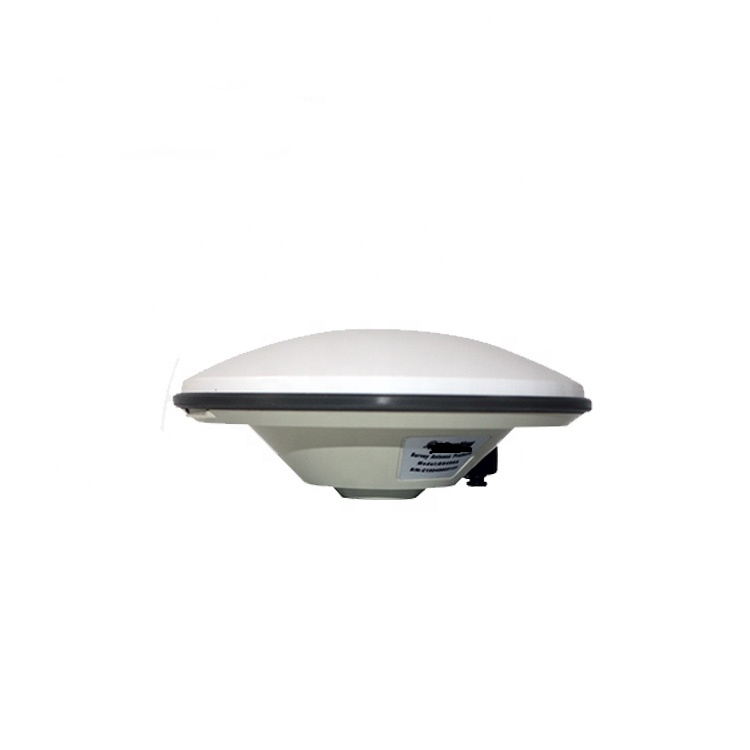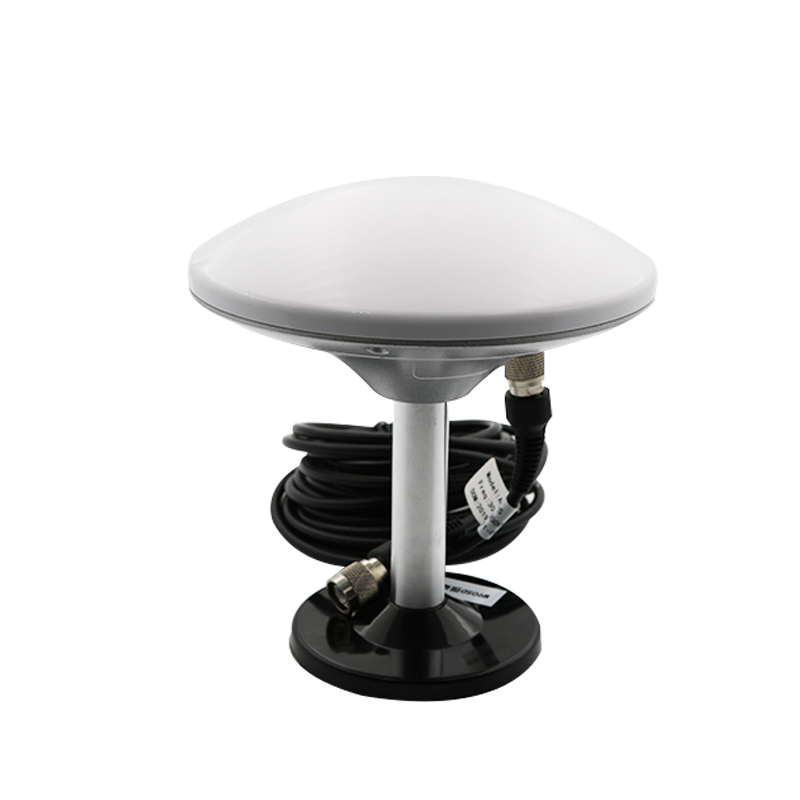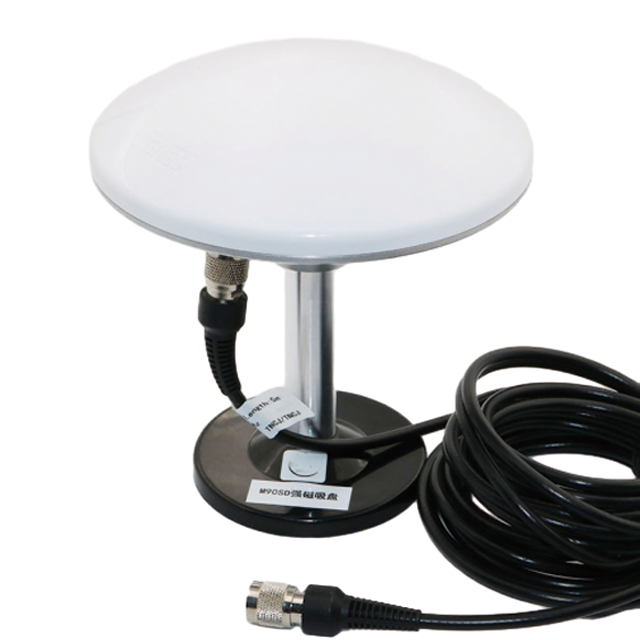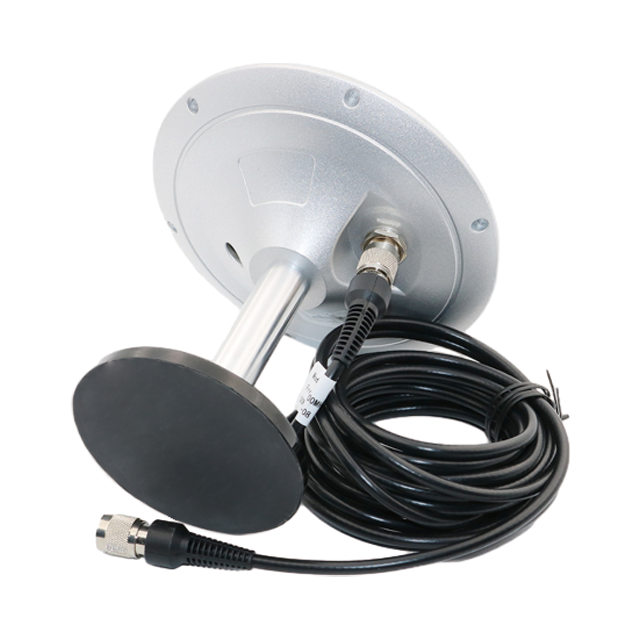Signal Reception
The primary function of a corrosion-resistant GNSS marine antenna is to receive GNSS signals transmitted by satellites orbiting the Earth. These signals contain information about the satellite's position, time, and other navigational data. The antenna's design ensures that it resonates at the frequencies of interest (e.g., L1, L2, L5 for GPS), converting the electromagnetic energy into electrical signals that can be processed by the GNSS receiver.
Antenna Pattern and Gain
The antenna pattern, or radiation pattern, describes how the antenna radiates or receives energy in different directions. Corrosion-resistant GNSS marine antennas are designed to have a hemispherical or omnidirectional pattern, ensuring that they can receive signals from satellites in all directions above the horizon. The antenna's gain, which is a measure of its ability to amplify the received signal, is optimized to provide sufficient signal strength for the GNSS receiver to process, even in challenging conditions.
Polarization
GNSS signals are typically right-hand circularly polarized (RHCP). Corrosion-resistant GNSS marine antennas are designed to match this polarization, ensuring maximum signal coupling and minimizing the effects of multipath interference, which can occur when signals reflect off surfaces such as the vessel's superstructure or the water's surface.
Signal Processing
The electrical signals received by the antenna are transmitted to the GNSS receiver via a coaxial cable or other suitable interface. The receiver processes these signals, extracting the navigational data and performing complex calculations to determine the vessel's position, velocity, and time. In some cases, the antenna may incorporate built-in filtering or amplification to improve signal quality before it reaches the receiver.
Environmental Adaptation
Corrosion-resistant GNSS marine antennas are designed to adapt to the dynamic marine environment. Their robust construction and sealing ensure that they can withstand the effects of saltwater, humidity, temperature extremes, and vibration without compromising performance. This adaptability is crucial for maintaining reliable GNSS signal reception during extended voyages or in harsh operating conditions.
4. Advantages and Challenges of Corrosion-Resistant GNSS Marine Antenna
Advantages
Enhanced Durability: The use of corrosion-resistant materials and coatings significantly extends the service life of the antenna, reducing the need for frequent replacements and maintenance.
Reliable Performance: By resisting corrosion and moisture ingress, these antennas maintain optimal signal reception and processing capabilities, ensuring reliable PNT information for marine navigation.
Reduced Downtime: The durability and reliability of corrosion-resistant GNSS marine antennas contribute to reduced downtime for vessels, minimizing the risk of navigation-related incidents or delays.
Cost-Effectiveness: Although initially more expensive than standard antennas, corrosion-resistant models offer long-term cost savings by reducing maintenance and replacement costs over their extended service life.
Compliance with Standards: Many corrosion-resistant GNSS marine antennas comply with international standards for maritime equipment, providing assurance of their quality and suitability for use in the marine environment.
Challenges
Material Costs: The use of high-quality corrosion-resistant materials and coatings can increase the manufacturing cost of the antenna, making it more expensive than standard models.
Design Complexity: Incorporating corrosion-resistant features into the antenna design can add complexity, requiring careful consideration of material selection, sealing techniques, and environmental testing.
Weight and Size: Some corrosion-resistant materials may be heavier or bulkier than their standard counterparts, potentially impacting the antenna's weight and size, which can be a consideration for certain vessel types or installation locations.
Maintenance Requirements: While corrosion-resistant antennas require less maintenance than standard models, they still need periodic inspection and cleaning to ensure optimal performance, particularly in highly corrosive environments.
Technological Obsolescence: As GNSS technology continues to evolve, older antenna models may become obsolete, requiring upgrades or replacements to maintain compatibility with new receivers or signal frequencies.




































































 Language
Language
 En
En Cn
Cn Korean
Korean

 Home >
Home > 








 18665803017 (Macro)
18665803017 (Macro)













